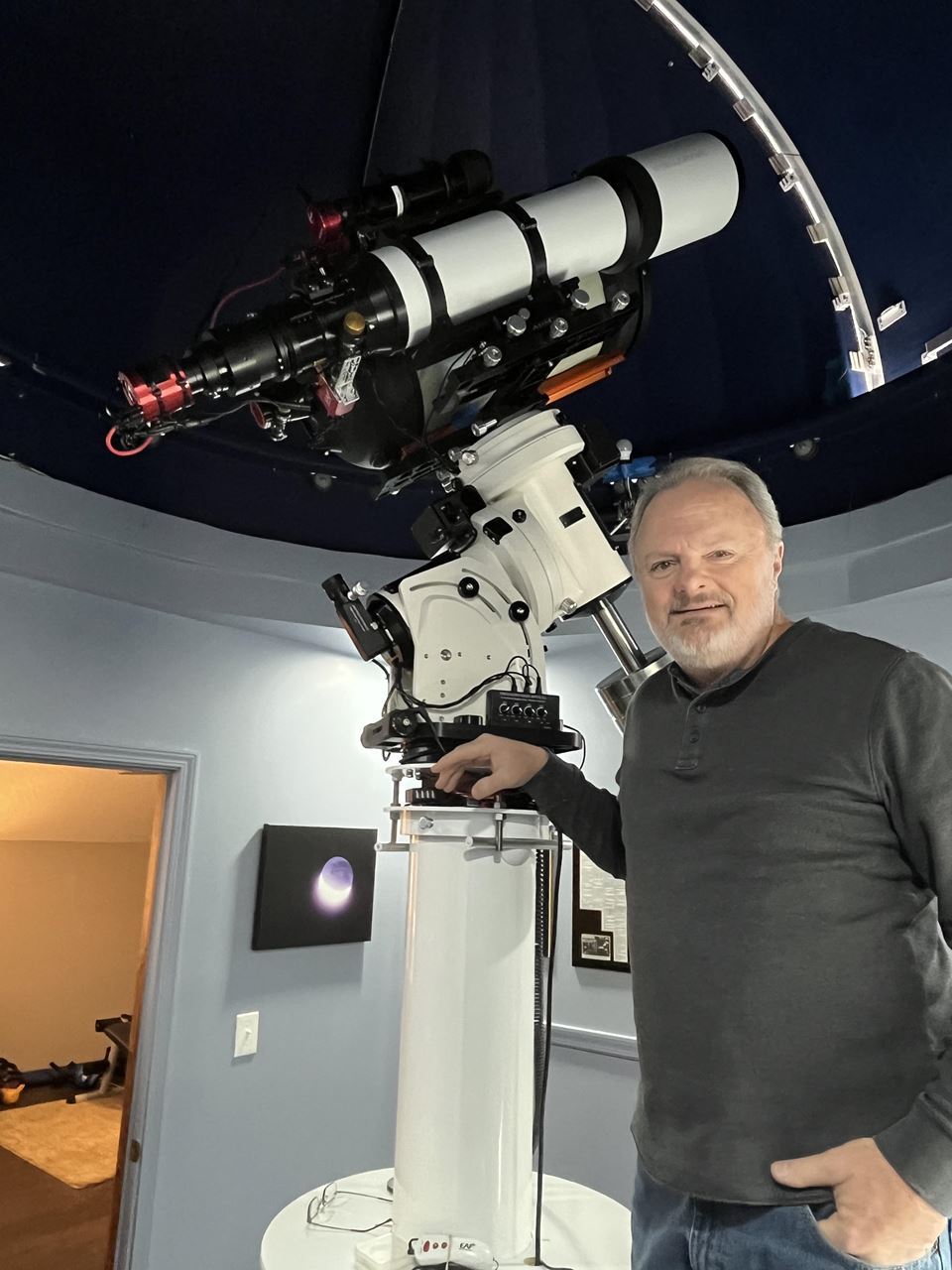Roper Mountain Astronomers
- RMA Home
- Photo Galleries
- Mark Stanford Sr.
Mark Stanford Sr.

Mark Stanford has had a fascination with Astronomy and Astrophotography for over 50 years. Having owned telescopes of all types and sizes, He currently photographs the heavens from his home observatory in Pickens, South Carolina. A member of Roper Mountain Astronomers since 2022, he has been involved with public outreach and other astronomy clubs for over 30 years.
Mark's work can be found at https://www.instagram.com/overthemoonastrophotography/